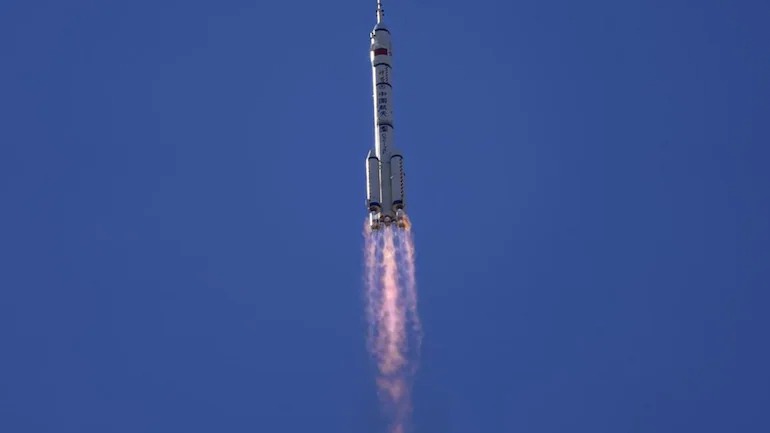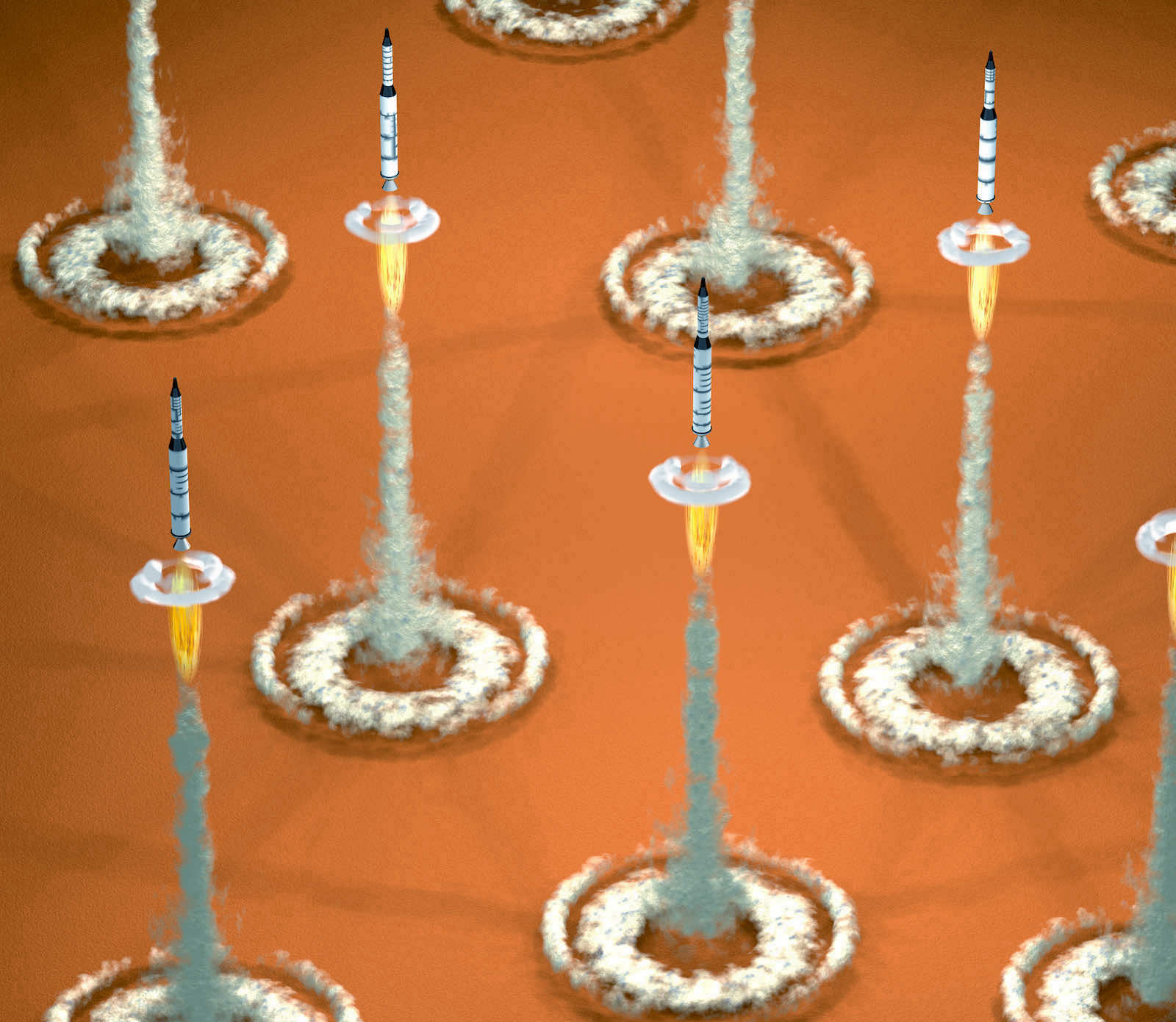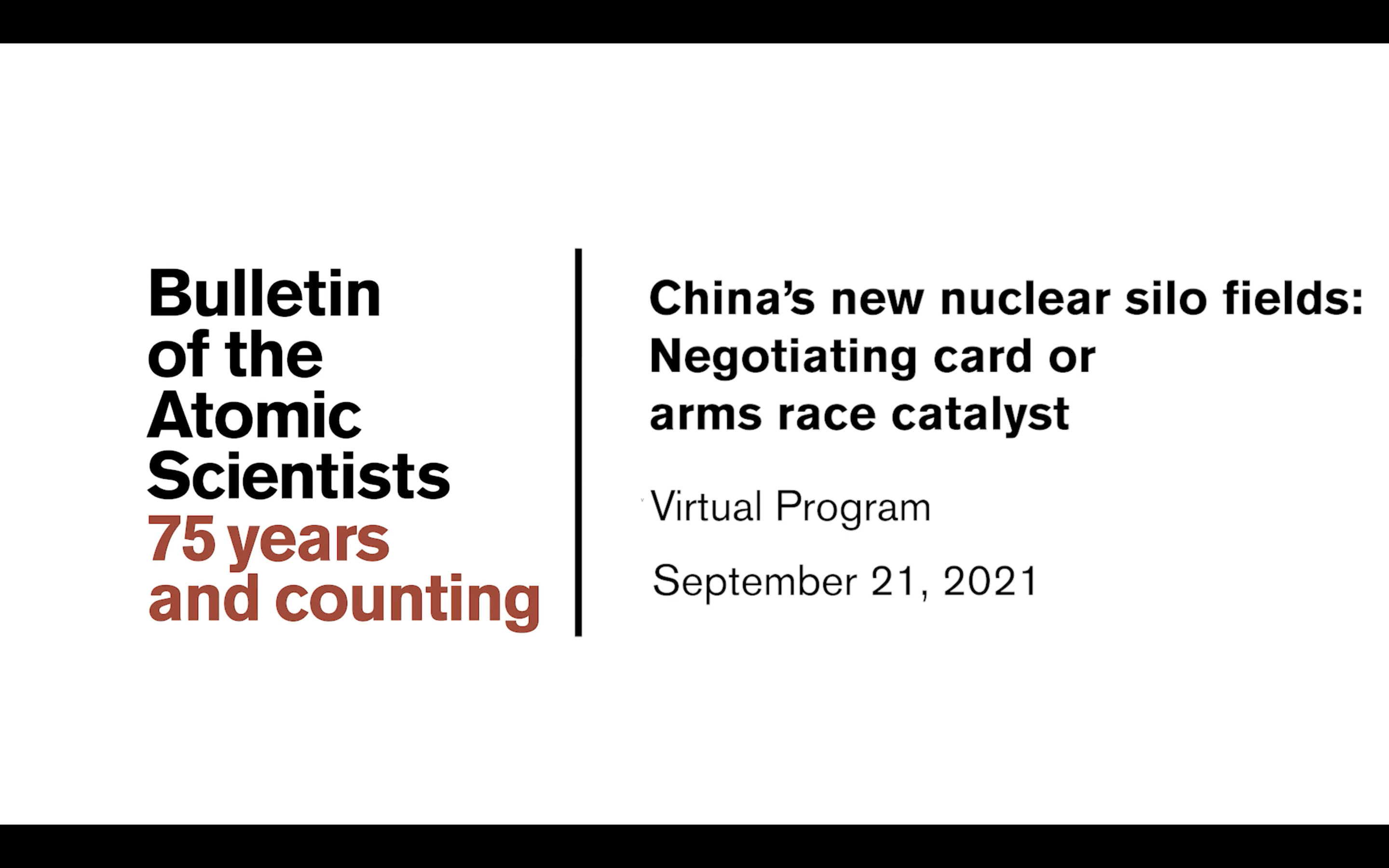China launches twin satellites capable of creating 3D maps in space
INDIA TODAY
China has been busy in 2021 as it ramps up its space led activities in a bid to dominate the modern space race. Beijing conducted the 29th orbital launch of the year by blasting off twin satellites to boost its remote sensing and mapping capabilities.
The Long March 4B lifted off from the Taiyuan launch centre to deploy the twin satellites in the near-polar orbit around 500 kilometres above the planet. The deployment was confirmed by the US space tracking data that reported the two Tianhui-2 (02) satellites in orbit.
China’s space missions have always been shrouded in secrecy and the launch was reported only by the state-run media in China stating that the satellites were developed by the Shanghai Academy of Spaceflight Technology (SAST) and will be “mainly used for scientific experiments and research, land and resources surveying, and geographic surveying and mapping.”
This was the ninth mission of the Long March-4B carrier rocket series this year and the 384th flight mission of the Long March series.
Meanwhile, it’s not the first launch of a pair of Tianhui-2 satellites, the country had launched Tianhui-2 satellites in April 2019 for a similar approach to map the areas it surveyed.
According to a paper published in the Journal of Surveying and Mapping, the two satellites will work in tandem so that their data can be combined to form a 3D map with a resolution of around 9.8 feet. “The TH-2 satellite system is China’s first microwave surveying satellite system. It is composed of two equal satellites that adopt a technical system of satellite formation in different orbits and a bistatic radar transceiver mode. It can measure the global digital surface models and acquire radar orthophotos in a short time,” the paper said.
With 29 launches complete, China has a total of 40 planned missions this year which included its ambitious Tianhe space station module and the Shenzhou-12 crewed mission. The next launch is of Tianzhou 3, a cargo resupply mission to its under-construction space station, which is likely to take place in September.
A report by the Asia-Pacific Leadership Network for Nuclear Non-proliferation and Disarmament had said that space is part of the grand strategy for China as it assessed the prospects of the proliferation of space warfare capabilities, the institutional and legal regimes and constraints on space weaponisation, worst-case militarisation scenarios, and pathways for demilitarising space.
With an $8 billion budget, China has an ambitious space programme and is on par to establish a permanent space station by 2022, a lunar research outpost by 2036, a Solar Power Satellite (SPS) transmission capacity from geostationary orbit (GEO) by 2050, and a world leader in space by 2050.
Read the original article in full here.
Image: AP.




